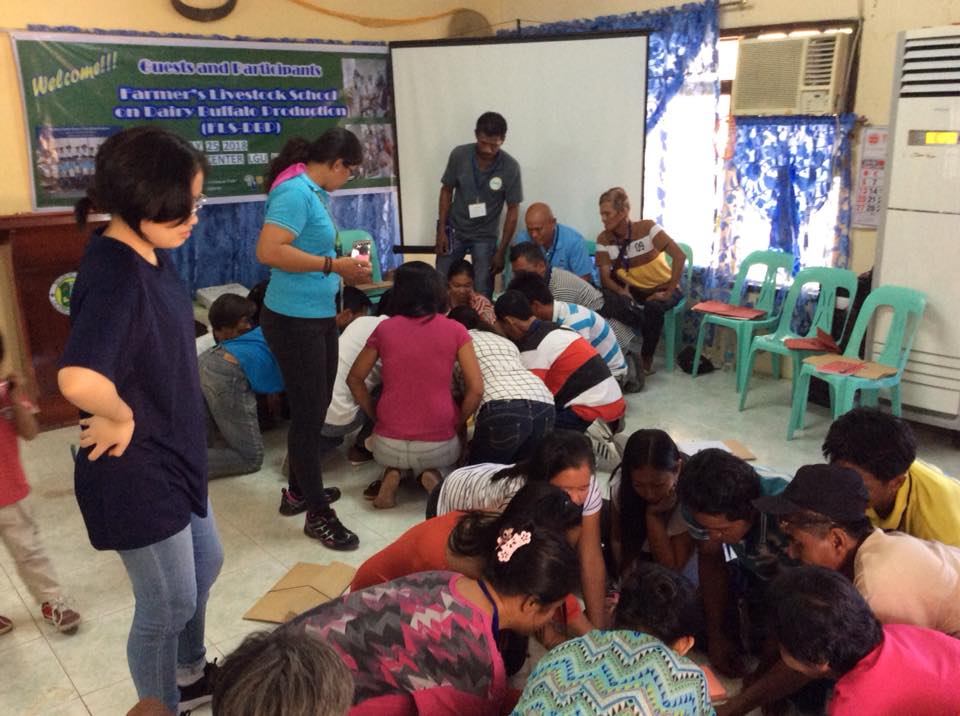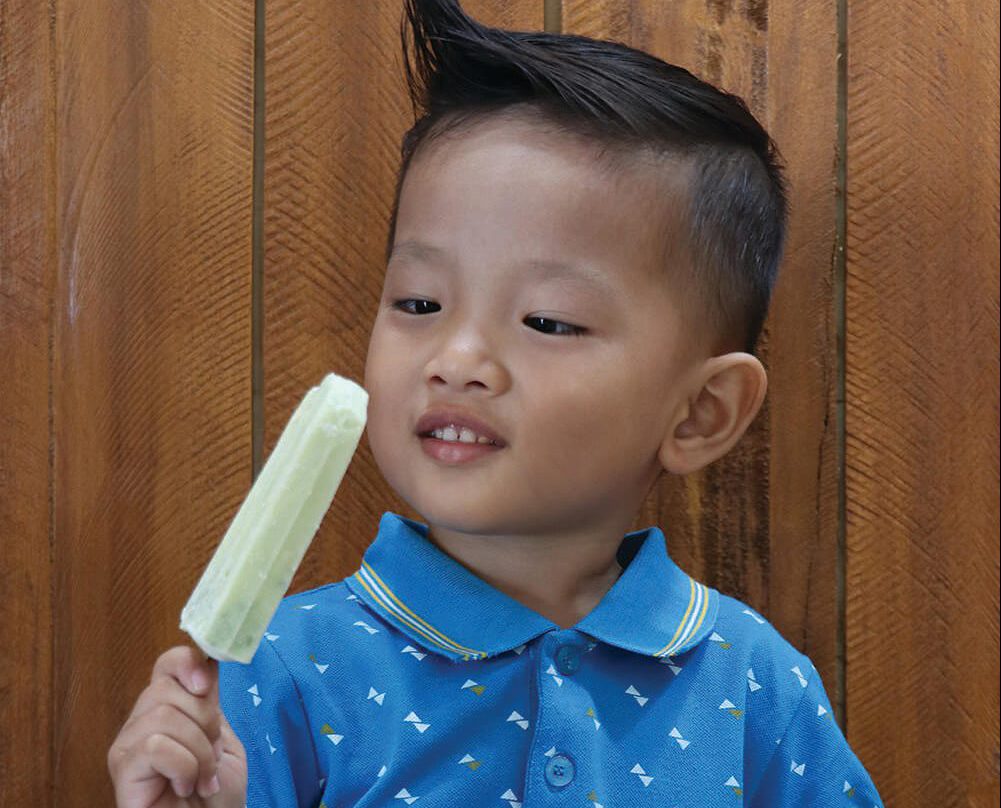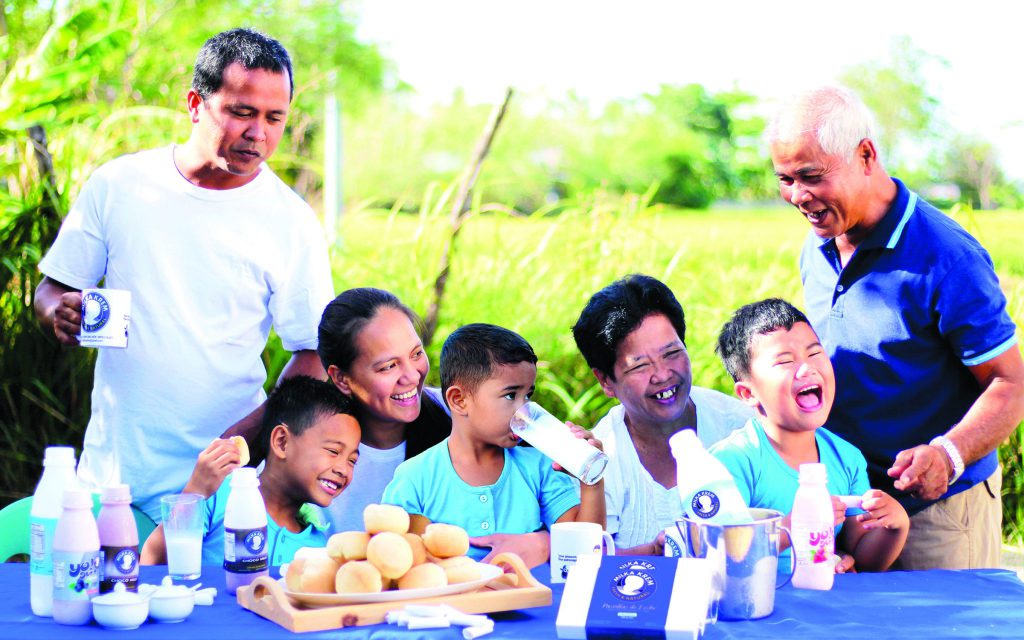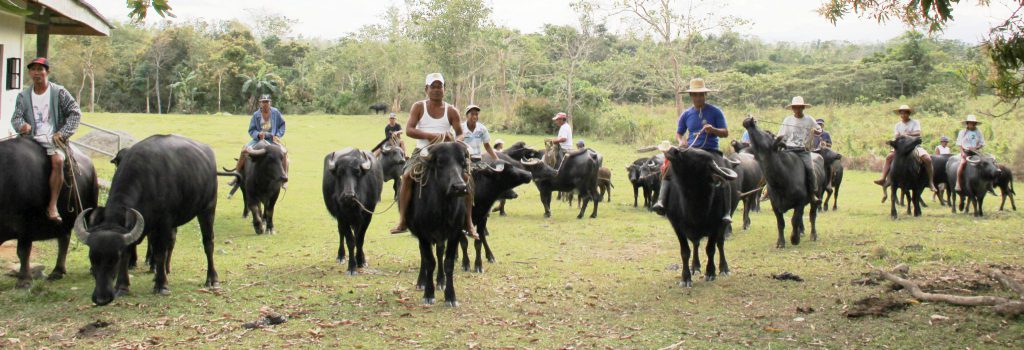PCC’s CDP ComDev Communication Campaign Intervention starts July

Subsequent to the initial Participatory Communication Appraisal and Strategic Planning, the PCC’s research initiative through its Knowledge Management Division (KMD) titled “Strengthening Carabao Development Program (CDP) Communication for Development (ComDev) Campaign in Visayas and Mindanao” commences implementation of a series of communication interventions for selected areas in the said islands. According to Chrissalyn Marcelo, part […]
RiceStrawPH pushes toward development of rice straw management practices, technologies

The Philippine Carabao Center (PCC), Philippine Rice Research Institute (PhilRice), and International Rice Research Institute (IRRI) participated in the Inception Planning and Meeting Workshop held last June 26-27 at the IRRI headquarters, Los Baños, Laguna to optimize implementation of RiceStrawPH. RiceStrawPH or the “Sustainable Rice Straw Management for Food, Bioenergy, and Feed in the Philippines” […]
FLS-DBP commences in Lal-lo, Cagayan

The fifth batch of Farmer Livestock School on Dairy Buffalo Production (FLS-DBP) was successfully launched at the municipal agricultural office of Lal-lo, Cagayan last May 25. The FLS-DBP is a 34-week (once-a-week) learning modality that uses participatory tools and adult learning principles all aimed at facilitating meaningful learning on the various aspects of dairy buffalo […]
PCC Staff and Trainees benefit from Caucus on Excel

Veggie ice cream, anyone?

SCIENCE CITY OF MUÑOZ— To beat the heat, customers here splurge on a refreshing frozen dessert laden with nutritious ingredients – carabao’s milk and a choice of malunggay, kalabasa, ampalaya, and carrot flavors. It is handy, too, as it is solidified in a stick.It’s called “Veggie Ice Cream Bar”. (Malunggay is moringa known for various […]
PCC BizTalk enables CBED frontliners toward managing sustainable dairy enterprises

Twenty-nine PCC frontline officers on Carabao-Based Enterprise Development (CBED) have gained additional knowledge on business concepts in a recently conducted business talk or BizTalk last June 13 and 14 at Mila’s Hill Inland Resort in New Lucena, Iloilo. The two-day BizTalk that carried the theme “FIT (Future in IT) for business” is part of an […]
Carabao dairying: Now a booming industry in PH landscape

Current developments in livestock concerns, particularly about an animal which in recent years was called the symbol of backwardness, all but point to a very exhilarating scenario. Among others, carabao (or water buffalo) dairying shines brightly today as a booming industry in the country’s landscape. Appreciate what took place recently at the Third National Carabao […]
In San Agustin, Isabela Excellence in carabao crossbreeding

Hallmarks in carabao upgrading can also bring prominence and significance to a town. Take the case of San Agustin town in Isabela province. This town has made high marks in carabao crossbreeding that no other town can approximate it. That’s why this town is often called as the “Crossbred Carabao Capital of the Philippines” by […]
Dairy buffalo farmers gain basic technical know-how on financial reporting

Some 60 dairy buffalo farmers gained technical know-how on basic reporting and interpretation of their respective cooperatives’ financial statement at the Philippine Carabao Center National Headquarters in the Science City of Muñoz, Nueva Ecija last June 7-8. The seminar titled “Basic Financial Reporting and Interpretation” conducted by the PCC’s National Impact Zone (NIZ) Unit in […]











